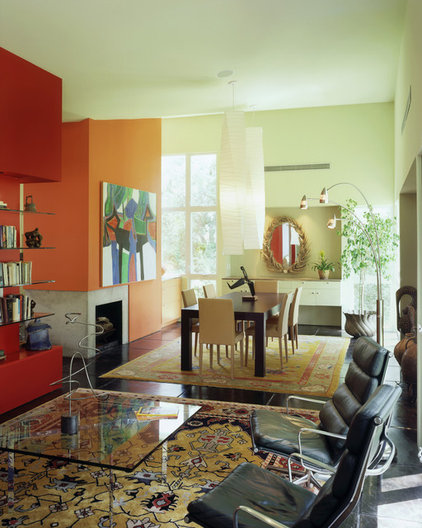The Globe and Mail
The TDSS ratio is a guide to balancing debts, saving for things like retirement and spending on essentials and luxuries. If you can keep your TDSS in the right zone, you can do it all.
Think of the TDSS as a riff on the Total Debt Service Ratio, which all lenders use to qualify mortgage customers.
The Total Debt Service Ratio is a comparison of your monthly mortgage, property tax and heating costs plus other debt payments against your monthly gross household income.
There is but one purpose to this ratio: Determining whether you will be able to repay what you borrow.
In no way does it indicate whether you’ll be able to balance debt repayment, saving through registered retirement savings plans or tax-free savings accounts, and spending on non-essentials.
The TDSS does exactly that by adding the cost of saving to the analysis of what’s affordable. Now, you’re measuring all your housing and debt costs plus a monthly savings commitment of 10 per cent of your paycheque. If you can keep your TDSS in line, you’re good to spend what’s left.
Here’s why lenders don’t automatically do this kind of number crunching: Mortgage lending is an important generator of revenues and they won’t do anything to prejudice a deal.
Tell a young couple they can’t afford a home and still manage a 10-per-cent savings plan? Won’t happen.
Banks could actually benefit by using the TDSS to sell their investing products, however.
The conversation might go something along the lines of, “Here’s how much of a mortgage you can afford and still contribute 10 per cent of your pay to an RRSP or TFSA. And, by the way, here are the investment options we offer.”
But banks evolve the way the Toronto Maple Leafs improve – so slowly that you doubt it’s even happening.
It’s up to you, then, to see whether you’ll be able to save and carry a mortgage.
To get you started, we’ve created an online TDSS spreadsheet. Just plug in your numbers and let the spreadsheet calculate your TDSS. (Click here to download it.)
What you need to get started:
- Gross monthly household income: Simply divide the combined annual pre-tax salaries for you and your partner, if applicable, by 12.
- Your projected monthly mortgage payment: If you plan to pay biweekly, multiply your estimated payments by 26 and divide by 12 to get a monthly amount.
- Monthly property tax cost: Get the most recent annual property tax bill for the home you’re considering, increase it by the inflation rate and then divide by 12.
- Heating: Find out what the monthly heating bill is for the home you’re looking at, or ask your real estate agent what a typical cost is.
- Other monthly debt payments: Add your car loan or lease payment and whatever else is applicable.
- Savings: Block out an amount equal to 10 per cent of your monthly take-home pay for contributions to RRSPs, TFSAs or emergency fund savings accounts.
Some background for interpreting your numbers: Lenders may let a client’s Total Debt Service Ratio go as high as 44 per cent, but 40 per cent is a common ceiling.
If you can keep your TDSS ratio in that same zone or lower, you’re doing well. Because you’ve left room for savings as well as repayment of your mortgage and other debts, there’s room in your finances for extras like lattes, and also for extra savings.
If your TDSS is in the 40- to 50-per-cent range, affording the home you’re looking at will be tougher.
You can do it, but your ability to spend on luxuries without incurring more debt will be at least somewhat compromised.
TDSS scores that are even higher suggest you need to keep building your down payment before buying a house.
One last thing: It’s a good idea to lock in your 10-per-cent savings commitment by arranging automatic electronic transfers to a savings or investment account every time you get paid.
Lenders ensure they get paid by deducting money directly from your account. Give your savings the same courtesy.
www.teambluesky.ca


